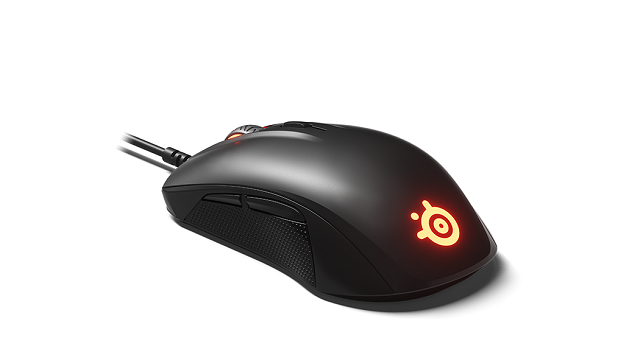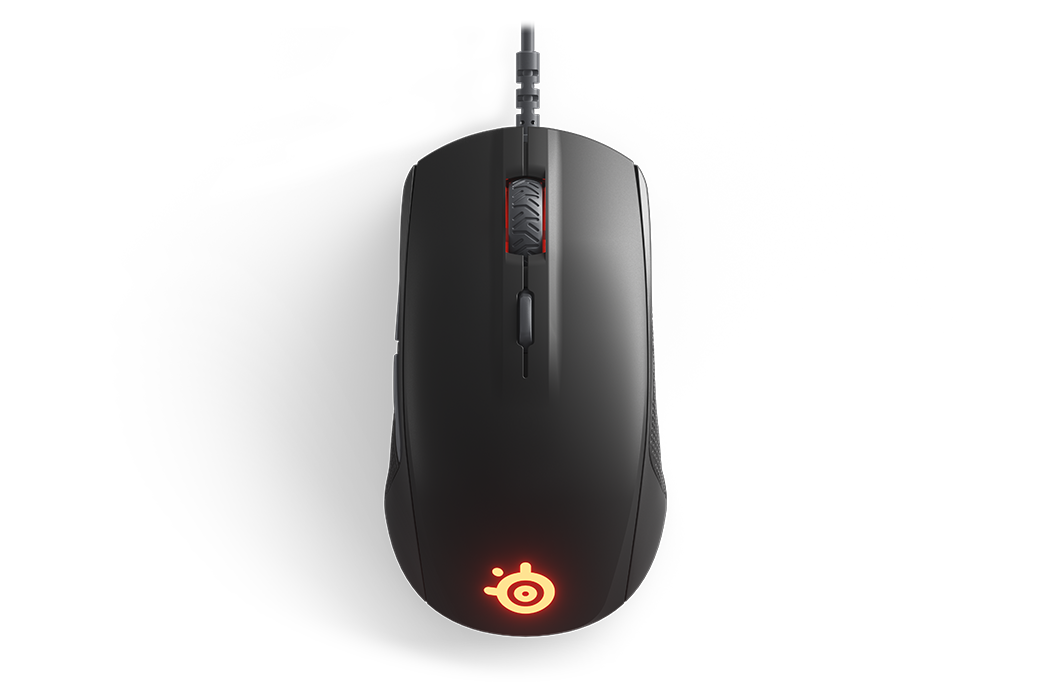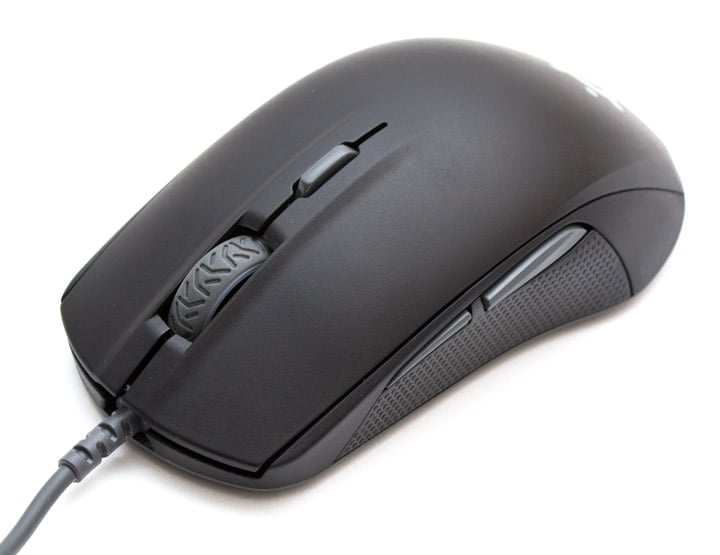Not every gaming mouse needs dozens of buttons and insane DPI capabilities to make an impact on a gamer’s quality of life. In fact, most casual gamers will likely bet on something that’s easy on the wallet and highly functional. When you’ve got a budget of about $50, you need to make sure every penny counts.
Historically, gamers looking for high-quality mice in that lower price range have struggled to find something that stands toe to toe with mid-tier mice. SteelSeries wants to fix that with its growing line of gaming peripherals, and that’s where the Rival 110 looks to change things up. The successor to the Rival 100, the 110 makes a few small but impactful upgrades to the original Rival 100 design that make it worth checking out. In a nutshell, the 110 is a great budget mouse that gets the job done very well.
There are a few things to consider before picking it up, but they’re mostly small hiccups that can be overlooked considering its $39 price tag.
Design
The Rival 110 looks a heck of a lot like the Rival 100: it sports the same matte black finish that looks good alongside your other SteelSeries gear. The finish keeps your palm locked onto the mouse’s body when performing quick movements and doesn’t get slippery if that palm gets sweaty. The 110’s plastic side grips do an adequate job of keeping your fingers locked in place, but aren’t as cozy or effective as the Rival 310’s silicone grips.
Moving around the 110’s body, you’ll find the standard six-button configuration found in many of the mice in this price group: LMB, RMB, DPI switch, mouse wheel button, and two lateral buttons along the left side. All of the buttons look to be about the same size as those found on the 100 — and in testing, they felt about the same, too. Personally, I prefer the fatter, more rounded lateral buttons of the Rival 310 to the sharper, skinnier buttons of the 110 because they’re easy to locate and provide a wider actuation surface. But that’s completely personal preference, and other gamers will most likely find the buttons aren’t overly obtuse.
In form and function, all of the 110’s buttons work well and provide nice tactile and auditory feedback. Rated at 30 million clicks, the 110’s switches don’t have the longest shelf life, but for $39.99, you really can’t ask for too much more than that.
On the bottom of the mouse, you’ll find the TrueMove1 sensor, which has a slightly larger port than that found on the Rival 310, as well as three feet that are also slightly larger and slicker than the 310’s. While we’ll talk about the TrueMove1 sensor in just a bit, the larger feet on the 110 make it glide across mousepads and desktops faster than the 310 — for better or worse. If you couple that movement capability with the 110’s feather-light weight of 87.5g, it can sometimes feel as if the mouse is going to fly right out of your hand.
As someone who’s used to heavier mice — like the 310 or Logitech’s G703 — the 110’s weight and flightiness were a small hurdle to overcome, but a hurdle all the same. I found myself pulling shots and missing a few clicks here and there while acclimating to its weight.
However, for those gamers that predominantly play twitch-style games or are looking for a nimble mouse for those weekend LAN parties, the 110 checks those boxes pretty well. Just keep in mind there aren’t any weights associated with the 110, so what you see is what you get in that department.

Performance
Where the Rival 110 really stands apart from its predecessor is in the sensor. Using the TrueMove1 sensor, the Rival 110 is one of the most accurate and responsive budget gaming mice on the market. The same technology that made the Rival 310 and Sensei 310 stand out from the pack can be found here in all its glory.
In my time with the 110, I didn’t notice much difference between the TrueMove1 and the TrueMove3 outside of the 1 and the 3 in the name. And that’s a good thing. Each sensor provides pixel-perfect 1-to-1 tracking, making movement latency nearly nonexistent. That’s not to mention each sensor focuses on doing that with advanced jitter reduction and SROM technology. In other words, it’s hella’ accurate and responsive, effectively matching your real-world mouse movements with on-screen cursor movement.
Supporting up to 7,200 DPI at 240 IPS, the Rival 110 performed very well in Paladins and Battlefield 1, helping me nab headshot after headshot. By not focusing on ludicrously high DPI values, the TrueMove1 focuses on eliminating latency — and gets it right. At every DPI tested, the Rival 110 didn’t jitter or jerk, mirroring my movement across the mousepad on screen. The mouse cursor moved precisely where I wanted it to go and abruptly stopped when I needed it to.
I did miss some shots here and there — especially when first picking up the mouse — but the more I used the Rival 110, the more I chalked that up to the mouse’s overall weight (and how alien it felt to me), not the sensor itself.
Verdict
The Rival 110 is marketed as a budget mouse for esports and competitive gamers — and in a way, it is. With the TrueMove1 sensor, the 110 marries low latency with high-precision accuracy. However, it doesn’t reach the DPIs that the Rival 310 is capable of producing, and its feather-light weight might deter some gamers that are used to heftier options. That means it might not be the perfect fit for the competitive gamer.
However, for casual gamers, especially those on a budget, the Rival 110 is a damn steal at $39.99. Not only do you get the TrueMove1 sensor, but you get high-performing switches, robust customization options via SteelSeries Engine 3, and tons of cool lighting effects that are often relegated to higher-end options.
You can buy the Rival 110 on Amazon for $39.99.
[Note: SteelSeries provided the Rival 110 used for this review.]









Published: Dec 19, 2017 03:26 pm